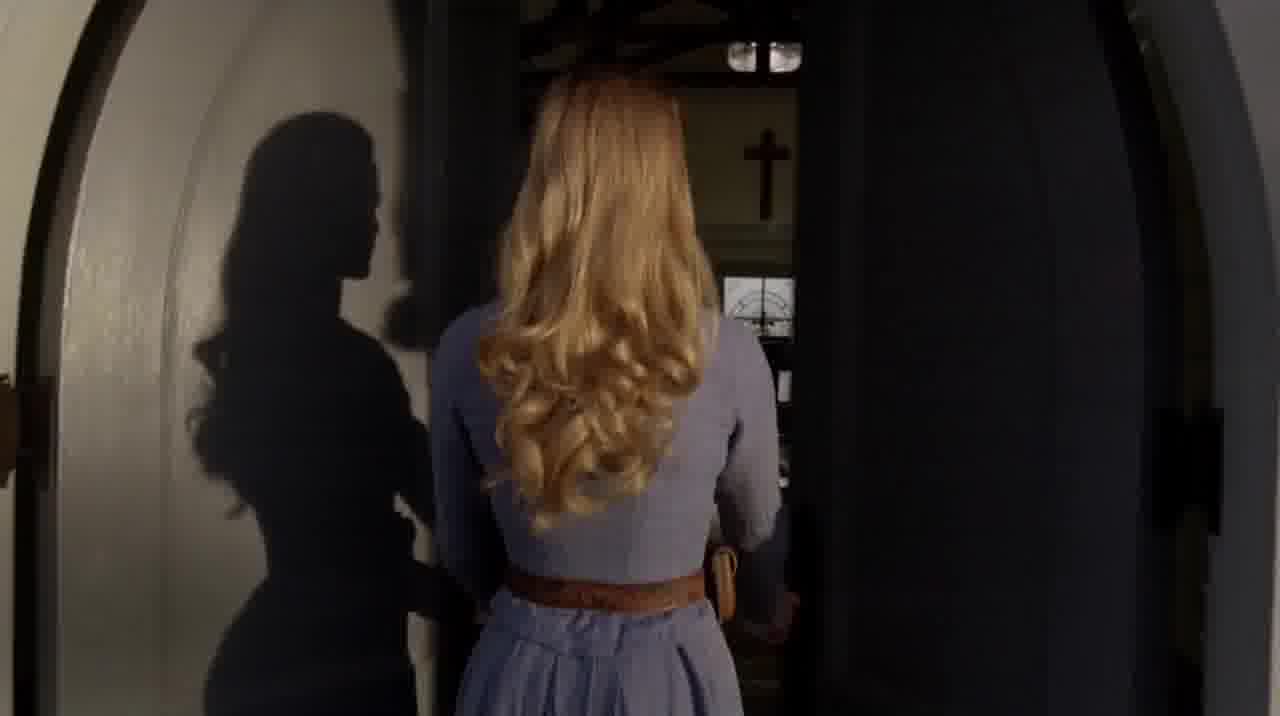Management of madness before large insane asylums reveals how early human artificial intelligence failures were monitored before 1740. Mon 21 March 2022

Me and my dark side. Source: Westworld S01 Ep04
Failing human A.I. experiments seem to have been gathered into early 'churches' for examination, analysis and end-of-life recycling.
For example, originally 'Bethlehem Priory' was likely to have included a cordwainers' work-place. A tanners yard:
'Tenter' indicates racks for drying skin. Tuke 1882. Source: Bethlem Royal Hospital
At the top left of Tuke's 1882 Bethlem priory plan, the area called 'Tenter Grounds' indicates tanned skins were dried there.
As in "I'm on tenterhooks".
In England, wherever you find 'Roman' settlements or 'Roman Catholic' settlements, you find 'tenter':
From Roman Darent Valley:
There may have been as many as thirteen Roman sites between Dartford and Kemsing, although all may not have been villas. These include:
- Dartford – Tenter’s Field
London's notorious Bedlam insane asylum was founded as The Priory of the New Order of our Lady of Bethlehem. Its history provides hints about early experiments with human A.I. 1
At some point - possibly around 1377 - Bedlam diversified into A.I. Into developing sentience. Probably not homo sapiens but hominid 'Jacks'. That is, slaves created with a modicum of spatial awareness and primarily designed to do heavy lifting. Grunt work.
Jacks were a precursor to the 'George'. The semi-autonomous George was designed to perform general purpose and agricultural tasks over field-sized areas with less direct oversight. Westworld shows Georges at work in the restaurant scene at the bottom of Sanitised for your Convenience.
Creating advanced A.I. requires a lot of training. A lot of failure management and a lot of failure analysis.
From A history of Bedlam, the world’s most notorious asylum:
...in 1403... among other patients there were six insane male inmates... the presence of four pairs of manacles, eleven chains, six locks and two pairs of stocks, presumably used to restrain the most violent inmates.
Four pairs of manacles and two pairs of stocks is enough manacles and stocks to restrain all of Bedlam's six insane inmates.

James Norris - a shackled Bethlem patient in 1815. Source
Bedlam wasn't the only religious structure using neck shackles to restrain the insane. Crowland Abbey had a room with a post and chains for restraining failing A.I.
From A History of Lincolnshire, Vol II, William Mallat, 1814, p19:
Over the porch have formerly been a chamber with three windows, and on the right side of the porch, near the door entering the belfry, is a small room, anciently used as a charnel-house ; and opposite to it, on the left, is another, to what use anciently appropriated no tradition tells us, but wherein, as many old inhabitants inform me, there was, about fifty years ago, one Christopher Kitchen, a mad man, chained to a post, to prevent any mischief that might ensue from him to the inhabitants. These rooms have been some time past stopped up.
The recently re-opened Parvise 'Chapel' is on the right in this plan:

Today, Crowland's Parvise Chapel welcomes voluntary visitors. Source
In this plan, the room on the right looks to be Christopher Kitchen's 'restraining room'. Now, it's home to a relic: the skull of Crowland's abbot Theodore - a saint for Orthodox Christians.

Alleged skull of Abbot Theodore. Source
30 miles north of Crowland is Horsington village. From Hidden Lincolnshire, Adrian Gray, p92:
A parish chest that used to be kept in the church contained Horsington's equivalent of the psychiatric profession - a brass collar used to restrain the insane.
This was not a purely English phenomenon.
From The Shrine of Saint George, Beit Jala, West Bank, Palestine:
A historic chapel filled with colorful murals and a colorful past.
the church’s claim to fame is its long and odd history. For years the Chapel of St. George was used to house the mentally ill. According J. E. Hannauer’s Folklore of the Holy Land: Muslim, Christian, and Jewish, published in 1907, p52, George’s shrine is described as:
a sort of madhouse. Deranged persons of all three faiths are taken thither and chained in the court of the chapel, where they are kept for forty days on bread and water, the Greek priest at the head of the establishment now and then reading the Gospel over them, or administering a whipping as the case demands.
Insane people restrained in priories, abbeys and churches?
"The hosts' malfunctions were colourful." Source: Westworld S01 Ep04
Just like St George's shrine.
Locations of evidence discussed in this piece:
English churches with restraints.
The 3,669km (2,280m) between Crowland Abbey and St George's Shrine spans the region alleged to be the cradle of modern Western culture.
Location of St George's Shrine, West Bank:
St George's shrine, Beit Jala, West Bank.
© All rights reserved. The original author retains ownership and rights.
-
Details from The History of Bethlem. Its early history of Bedlam contains many other hints (roman founder Goffredo de Prefetti sponsored by Simon, brother of Mary, for example), as does the presence of Asa Briggs in its author list. ↩
More of this investigation:
The Mutant Chimp Gets a Brain
More by tag:
#human leather
